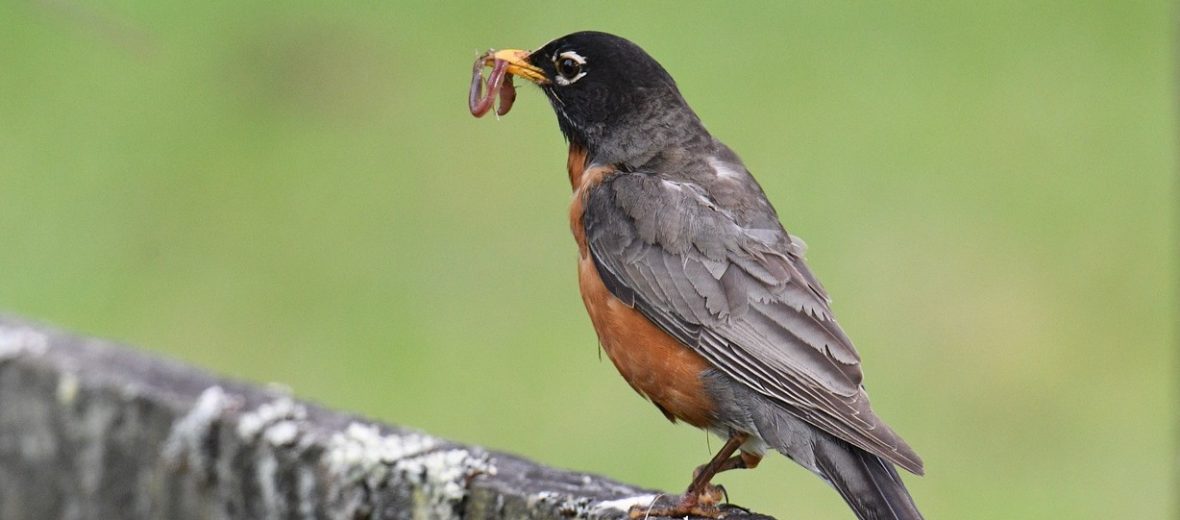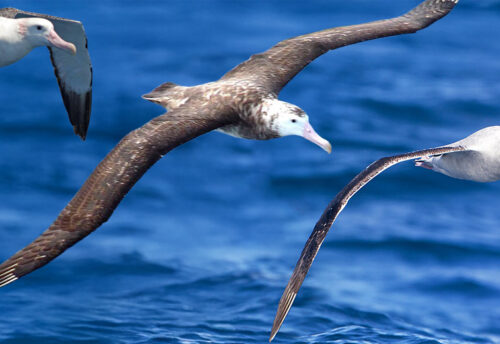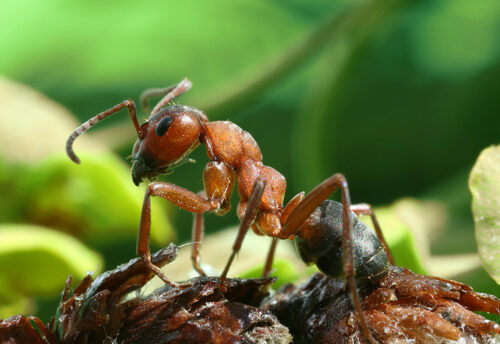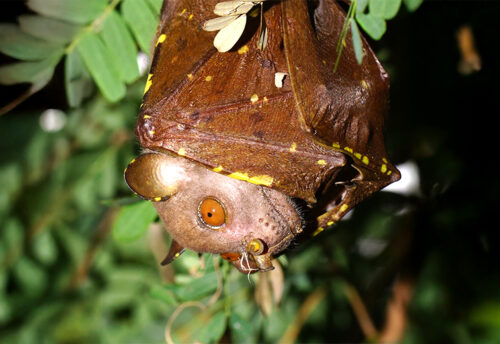
The American robin can be found throughout Canada, United States, Mexico, and Central America. They are a migratory song bird that prefers tundra, shrublands, open farmlands, dense forests, woodlands, orchards, gardens, and urban parks. Even though they are effected by severe weather, at the hands of climate change, these birds have a stable population and are thus listed as Least Concern by the IUCN.
First the Stats…
Scientific name: Turdus migratorius
Weight: Up to 2.7 ounces
Length: Up to 11 inches
Wingspan: Up to 16 inches
Lifespan: Up to 14 years
Now on to the Facts!
1.) These birds are diurnal (active during the day).
2.) A group of robins is called a worm.
3.) American robins are typically the first song bird to wake up in the morning. Sometimes even beginning their songs before daylight.
4.) The male’s song sounds like a continuous, long, cheerful tune.
5.) Their calls change based on the situation. If threatened by a predator, they will emit an alarm call that sounds like a sharp “yeep” or “peek”, for instance.
But wait, there’s more on the American robin!
6.) These birds feast on earthworms, caterpillars, insect grubs, snails, and grasshoppers. They also consume fruits and berries.
7.) Being serially monogamous (mate with 1 partner each season), these birds will pair up with a different partner each season and thus have to go through the courting ritual each year.
Did you know…?
Every spring, American robins migrate north from all over the U.S., Mexico, and Central America, flying up to 250 miles per day to reach their breeding grounds in Canada and Alaska.
8.) Up to 3 broods are produced each season.
9.) Females lay up to 5 light blue eggs each brood, that take up to 14 days to hatch.
10.) The nest is built by the female and is typically constructed of twigs, feathers, mud, and various soft materials for the inner lining of the nest.
But wait, there’s still more on the American robin!
11.) The chicks leave the nest 2 weeks after hatching, but continue to follow mom and dad closely, begging for food, for another couple weeks.
12.) Prey is detected simply by listening for it. They have such acute hearing that they can hear earthworms slithering about in the grass.
Did you know…?
American robins are the state bird of Wisconsin, Michigan, and Connecticut.
13.) In urban settings, these clever birds have come to realize that after a lawn is mowed and the sprinklers turn on, earthworms and even grubs are present. They then take full advantage of the buffet.
14.) The American robin has been known to sing before and after a storm.
15.) Both parents watch over their young till they are ready to leave mom and dad. If predators approach, they have been known not only to sound the alarm of impending danger, but will also dive bomb the threat.
16.) Hawks, various snakes, and cats all prey on American robins.
Now a Short American Robin Video!
Be sure to share & comment below! Also, check out the Critter Science YouTube channel. Videos added regularly!
Want to suggest a critter for me to write about? Let me know here.
Think you know a lot about critters? Try your hand at these fun, free quizzes:



